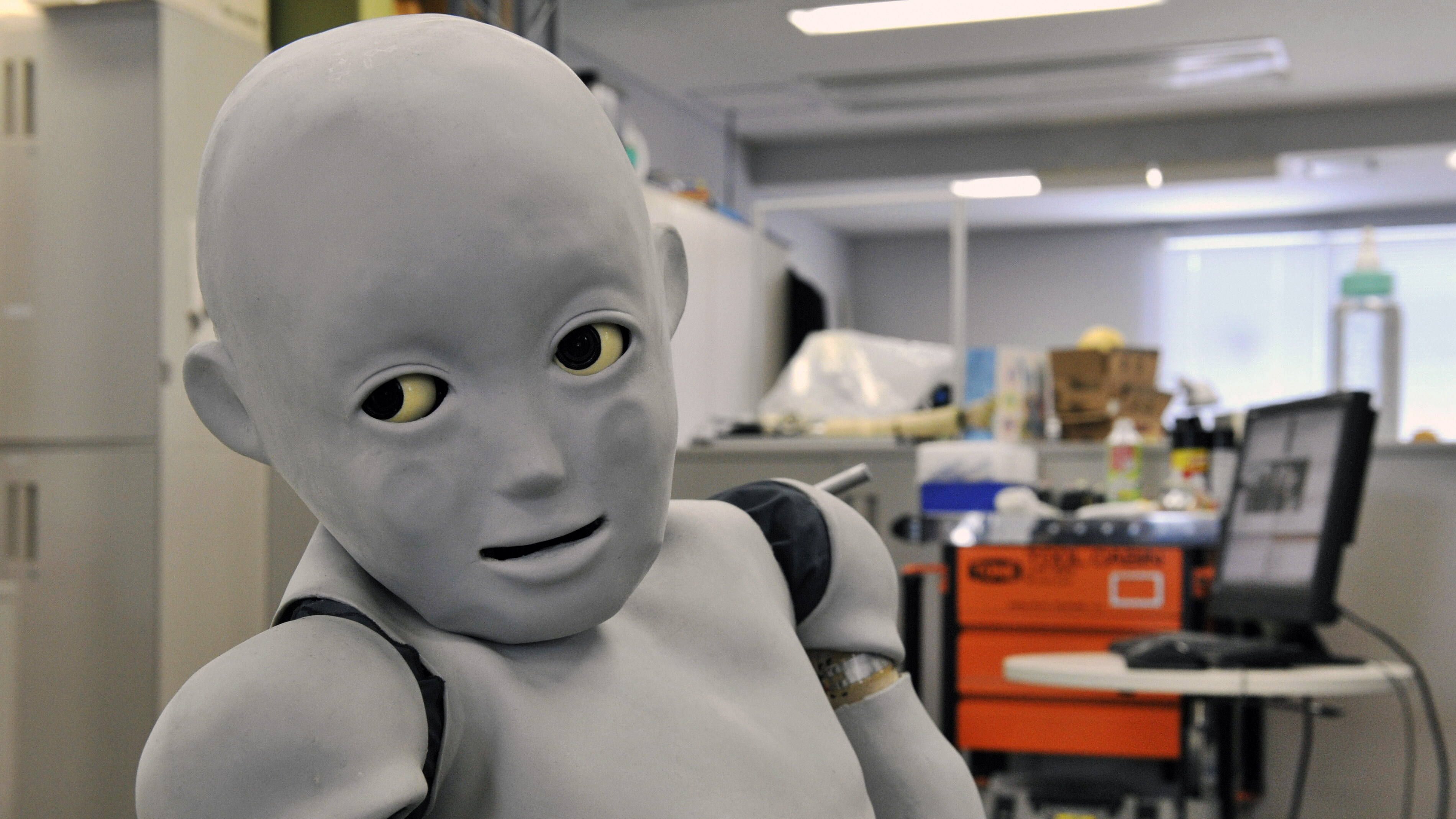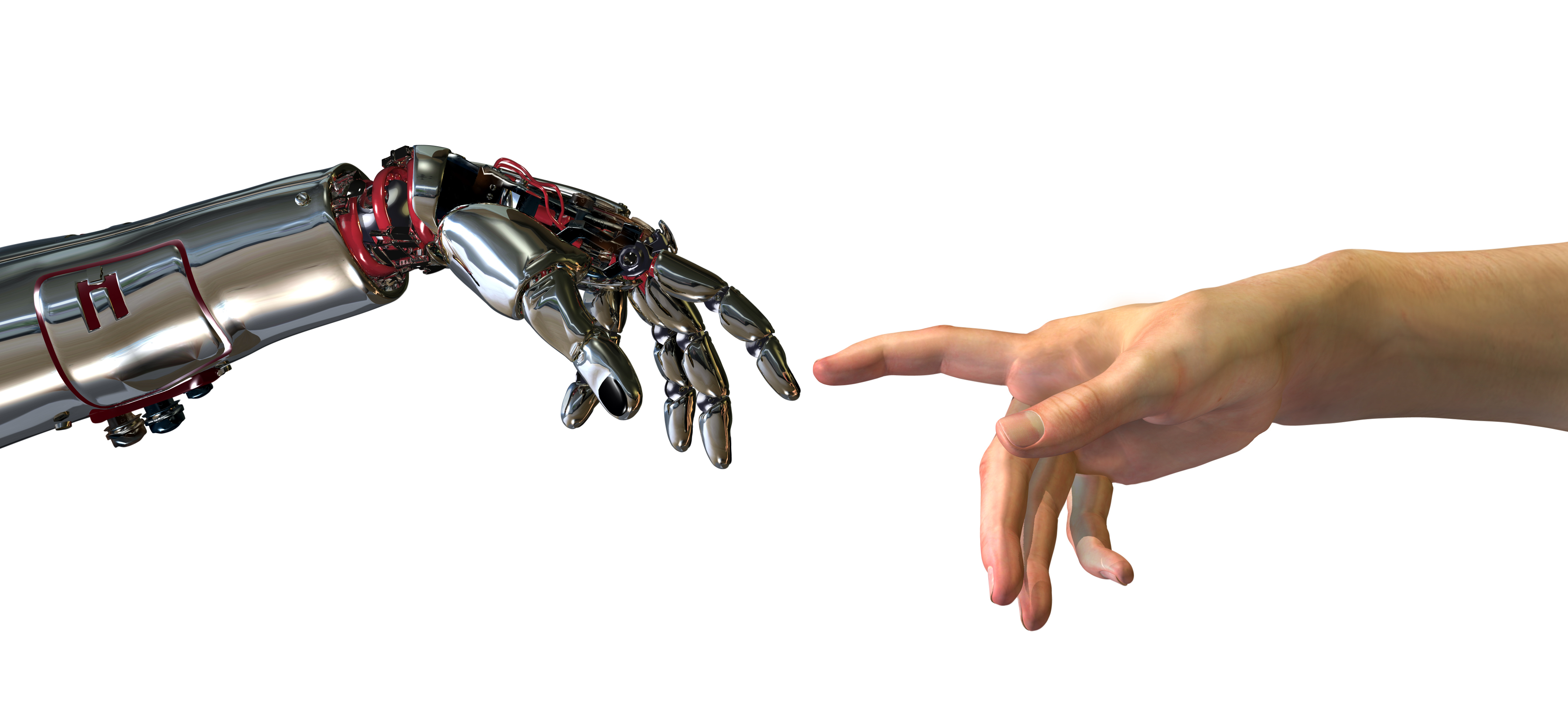Will Robots Care for You in Old Age?

Imagine for a moment being older and more frail than you are now. You live alone. Not as strong as you once were; you need some physical care. Mentally, you are still “with it.” Assisted living may make sense. You can have help when you need it and still be as independent as you are able. Someone is always there to help clean your apartment. Another person prepares meals that not only are nutritious, but also taste good too. As time goes on, another caregiver can help with medications, washing, and dressing. Perhaps someone can help you go outside and simply enjoy a sunny day. Moreover, other people, similar in age and experience, live around you. You have found a place that offers both care and community.
Now imagine that community of care is staffed with robots. Science fiction? Not necessarily. The 72-room Henn-na Hotel in Japan’s Nagasaki Prefecture is scheduled to open its doors this month. The Henn-na, meaning “strange,” hotel will be staffed by humanlike robots. The ‘bots, which speak several languages, will check you in, carry your bags to your room, deliver room service and even provide housekeeping. Japan is the world’s fastest-aging nation. The island nation has an extraordinarily low fertility rate — well below levels necessary to replace the current population. Immigration is virtually nonexistent. For Japan, and many other aging societies, robotic eldercare services may be far more than pushing the technological envelope of autonomous intelligent systems; it may one day be seen as an alternative for nations with limited budgets and too few young people to provide care.
The technology is evolving and so is the business case for eldercare robots. Lower fertility rates mean fewer adult children to provide care to coming generations of older people. Current models of senior housing must work with limited margins to care for increasingly older and more frail residents. The largest recurring cost to provide senior living services after real estate is labor. Recruitment, training, and ensuring quality care are continuing management challenges. The intense work of providing care contributes to fatigue and injury resulting in industry-wide high levels of staff turnover. And, if the near error-free assumptions of other robotic systems such as autonomous cars are true, robotic staff will make few mistakes, rarely forget, and will always come when called 24/7.
Too creepy? The ‘bots are already among us. The little saucer-like Roombas that meander across the floor vacuuming up behind you or busily mow your lawn are robotic systems. Relative robotic newcomer Jibo serves as your personal assistant reminding you to take your meds and provides a little company too. Robotic seal Paro, used in many senior living properties and private homes worldwide, is always available for a squeal and a cuddle. Only in the last month, researchers at Riken demonstrated Robear. The happy bear-like ‘bot stands on two legs and disproved manywho said that it would be impossible to create a robot gentle enough to pick up a person.
Technology challenges aside — and there are many — will you want robots to care for you? Robotics researchers refer to the uncanny valley which is when humans feel uncomfortable when a system looks and acts very human but not quite. However, another valley is emerging, a care gap. The coming care gap is not built upon human perceptions, but upon the realities of demography and economics. Providing eldercare may become too expensive. It may even become impossible to find an adequate number of caregivers for tomorrow’s elderly — many with an unprecedented incidence of Alzheimer’s disease and dementia. As a result, we may be willing to overlook the quirkiness of our robotic caregivers. Perhaps the incremental introduction of robotic systems in our homes, cars, and workplaces (and apparently hotels) will warm us up to receiving care from them too. The technology is coming — it will not only disrupt today’s senior housing business, but also challenge all of us to rethink from whom (or what) we are willing to have provide us with care.
Photo by Shutterstock




